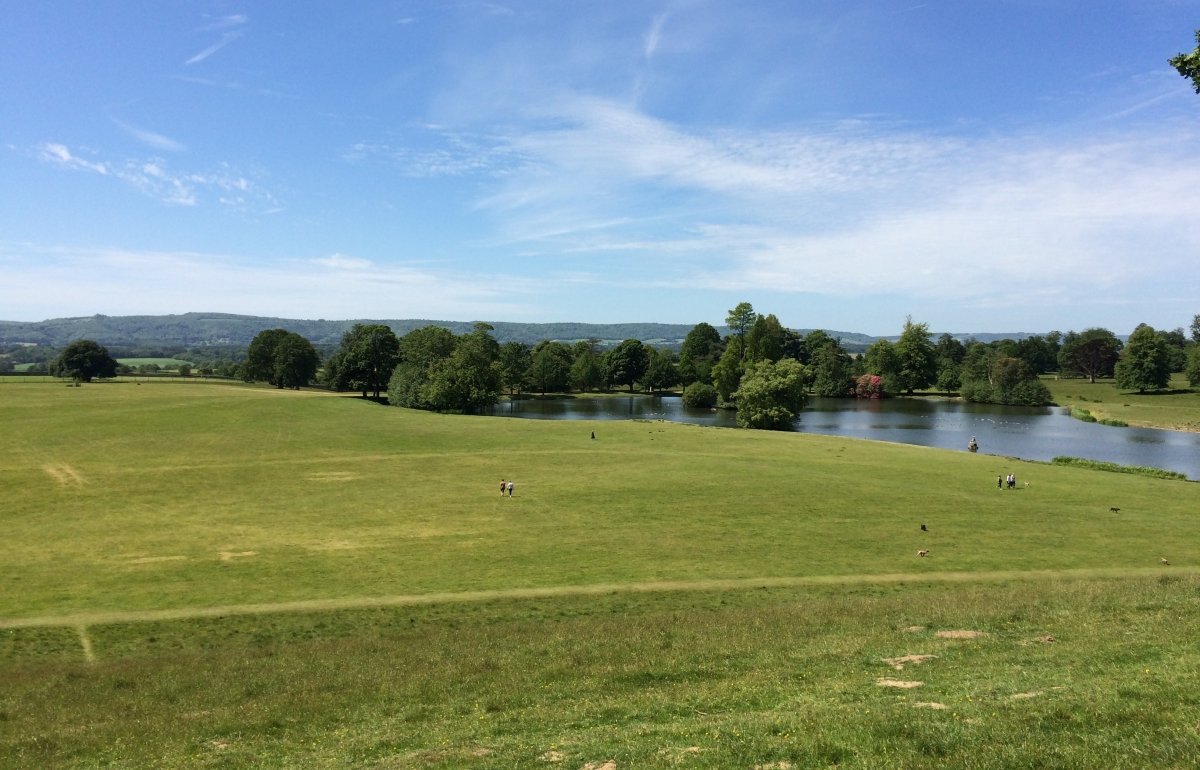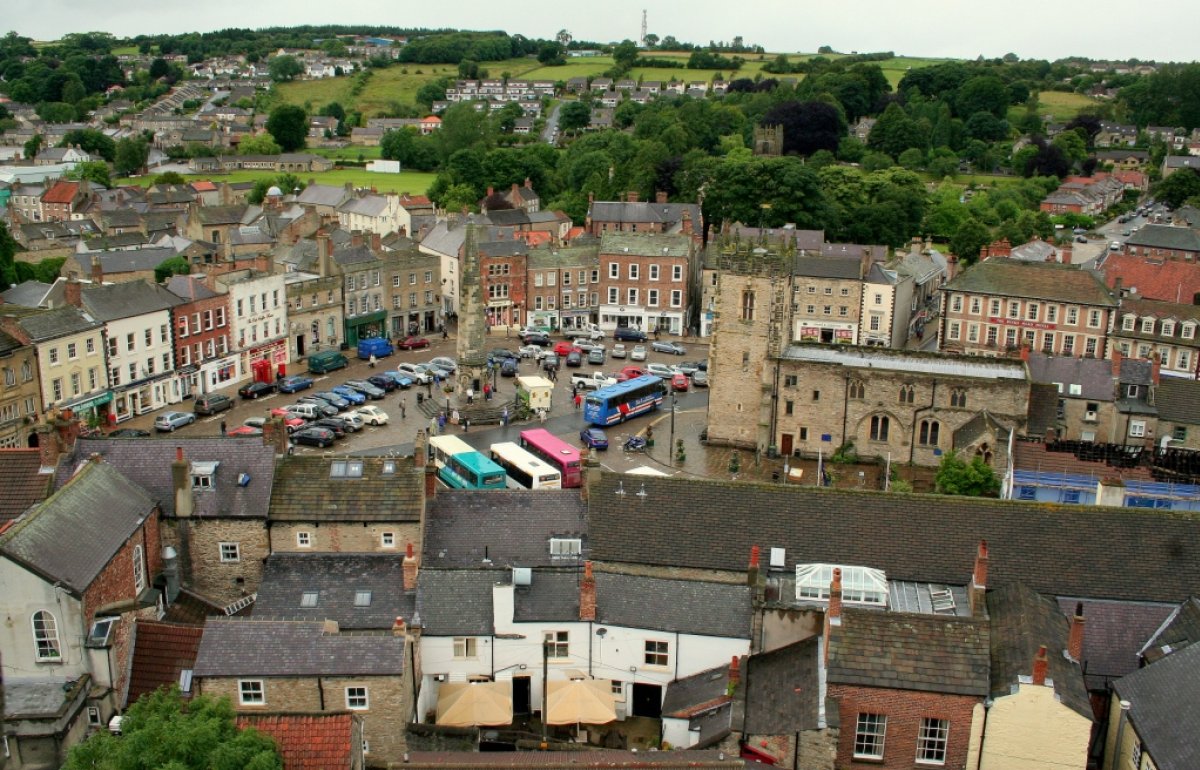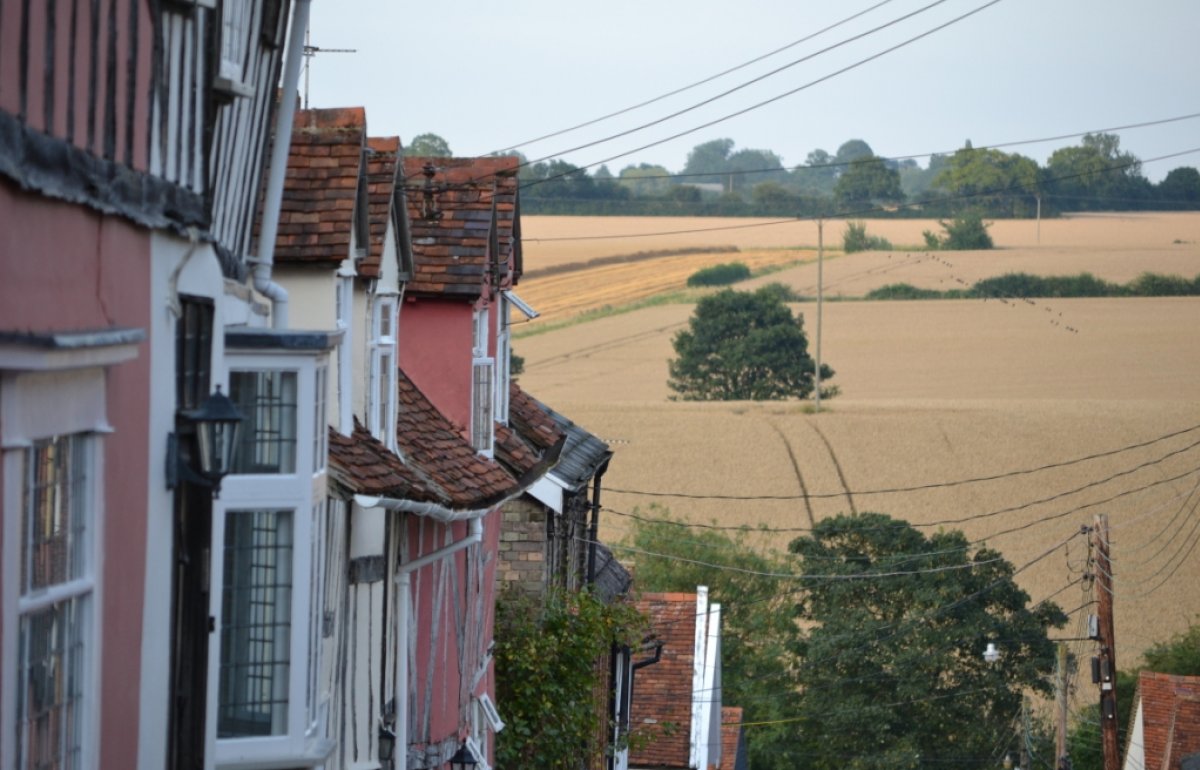Finding out the history of your building
Tracing the history of a building can be very rewarding. The more you know about an old building the more likely you are to value it, appreciate its oddities, and make sensible changes that respect its history. However we would strongly urge you not to start ripping off wall plaster or undertaking other destructive investigations in your understandable enthusiasm for finding out more about the building. Far too much permanent damage has been done by this misguided urge. Also beware: the SPAB was founded because of highly destructive attempts to restore buildings back to some former period.
Use your knowledge of the history of the building to respect its history not to attempt to restore it to its "original" state which can end up creating an unsatisfactory fake. If you can afford the time, research the history before you decide on major works - you may well change your ideas as you learn more and avoid mistakes you will later regret. The more time you spend simply looking at the building, the more likely you are to understand how it developed. But remember, even the best experts in the world may not be able to explain why some odd piece of stone sticks out or why something is the way it is.
You can research the history of your house yourself, or you can employ professional architectural historians. The SPAB does not provide this service. If your building is listed a good starting point can be the "list description" which gives the best official estimate of the date of your house and why it is listed. However many entries are very brief. Be cautious about what the estate agent, previous owners, or local people tell you about the history. All sorts of local myths persist, such as the fact that timber-framed buildings were constructed from former ships' timbers. (In fact timbers from other dismantled buildings were often re-used but rarely from ships). Also remember that datestones can be misleading - they may refer to only one phase of building, or in some instances may be the result of romantic Victorian imagination.
There are plenty of books about the history of buildings suitable for the beginner, as well as others which will allow you to trace the social as well as the architectural story of your house. With the help of local history collections as well as national sources such as the census records it is often possible to identify previous occupants of your building.



